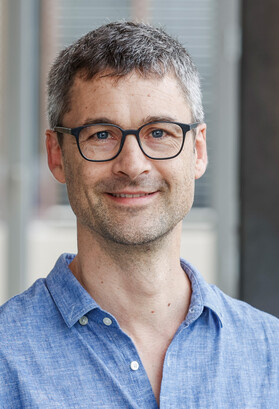Clean water, a reliable power supply and cooling systems for medicines and vaccines are not a given in many rural hospitals in Africa. To ensure better healthcare also in remote regions, the EU is supporting SophiA project, which relies on modular containers to produce drinking water, heat, cold and electricity using solar energy. SPF Institute for…
...
Clean water, a reliable power supply and cooling systems for medicines and vaccines are not a given in many rural hospitals in Africa. To ensure better healthcare also in remote regions, the EU is supporting SophiA project, which relies on modular containers to produce drinking water, heat, cold and electricity using solar energy....

